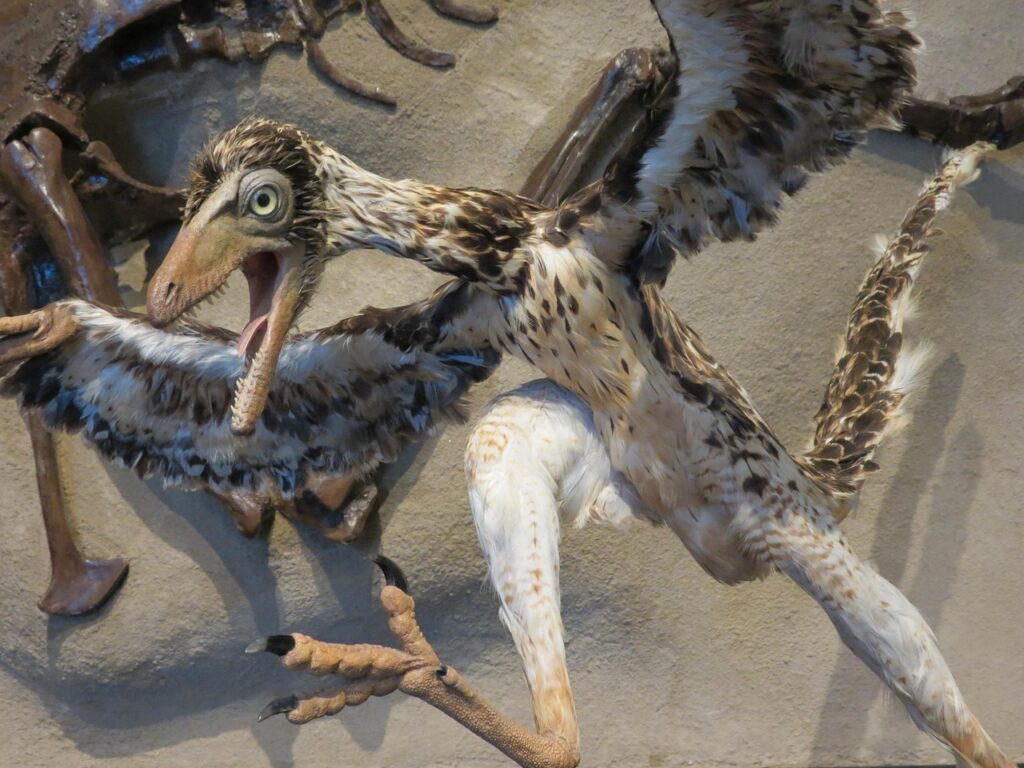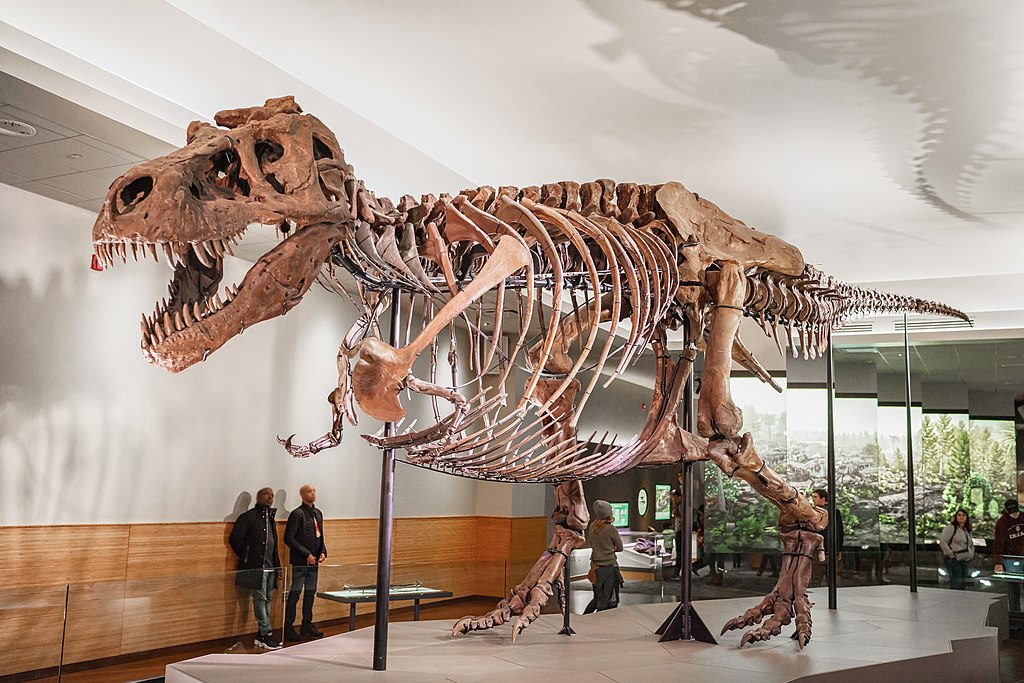In the vast timeline of Earth’s history, dinosaurs reigned supreme for over 165 million years. These magnificent creatures have fascinated scientists and the public alike, with each fossil discovery adding new pieces to the puzzle of prehistoric life. Among the most intriguing finds are those that reveal not just how dinosaurs lived, but also how they suffered. The discovery of a dinosaur bone with a tumor represents one of paleontology’s most remarkable windows into ancient disease. This fossilized evidence of pathology challenges our perception of dinosaurs as merely ancient monsters and reminds us that they were living beings susceptible to many of the same biological afflictions that affect animals today. Through careful scientific analysis of these rare specimens, researchers continue to uncover the complex relationship between disease and evolution in the Mesozoic Era.
The Landmark Discovery: Unearthing an Ancient Ailment

The first widely recognized dinosaur tumor was discovered in the tail vertebra of a Hadrosaur, commonly known as a duck-billed dinosaur, from the Late Cretaceous period approximately 70 million years ago. This groundbreaking find, made in the fossil-rich badlands of Alberta, Canada, presented as an unusual growth within the bone structure that immediately caught the attention of paleontologists. The specimen showed clear signs of abnormal bone development distinctly different from normal healing processes associated with fractures or injuries. Using advanced imaging techniques including CT scans and microscopic analysis, scientists confirmed this growth as a benign tumor called an osteoblastoma. This discovery fundamentally altered our understanding of prehistoric animal health, proving conclusively that cancer and tumor formation isn’t solely a modern phenomenon but has ancient evolutionary roots dating back to the age of dinosaurs.
The Science of Paleopathology: Studying Ancient Disease

Paleopathology, the study of ancient diseases and injuries, represents a fascinating intersection of paleontology and medical science. When examining dinosaur remains for evidence of pathology, researchers employ many of the same diagnostic techniques used in modern veterinary and human medicine. The process begins with careful visual examination of fossil material, looking for any deviation from normal anatomical structure. More advanced analysis involves histological sampling—the microscopic study of thin sections of fossilized bone—which can reveal cellular patterns indicative of disease processes. Modern technology has revolutionized this field, with CT scans and 3D modeling allowing scientists to peer inside fossils without damaging them. Synchrotron radiation, which uses high-energy X-rays, provides even more detailed imaging of internal bone structures. Through these methodologies, paleopathologists can differentiate between traumatic injuries, infections, congenital abnormalities, and neoplastic conditions like tumors in creatures that lived millions of years ago.
Types of Tumors Identified in Dinosaur Remains
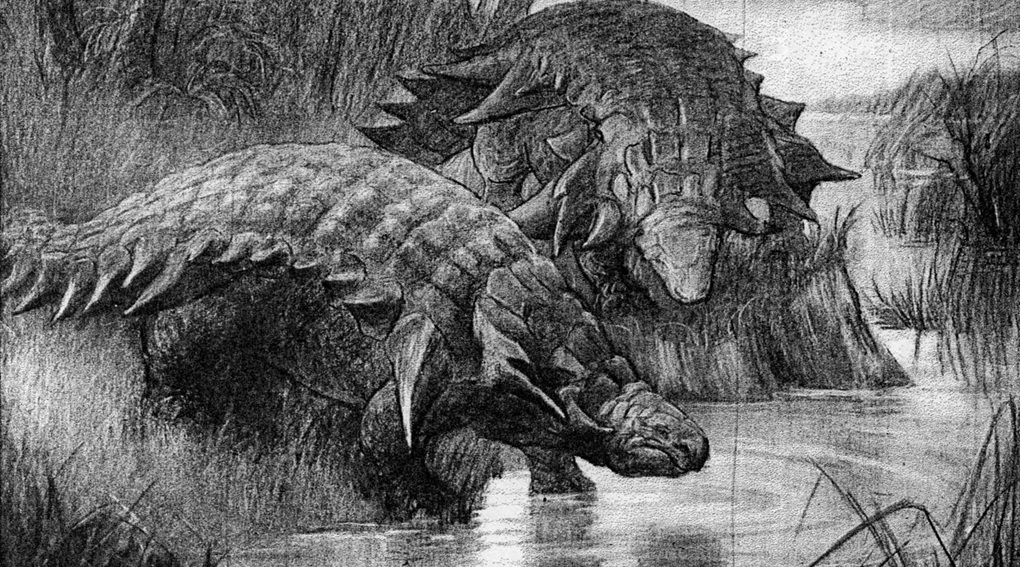
Scientists have identified several distinct types of tumors in dinosaur fossil remains, each providing unique insights into prehistoric pathology. The most commonly documented are osteomas—benign bone tumors characterized by abnormal bone growth—which have been found in various dinosaur species including hadrosaurs and tyrannosaurs. More rare but significant discoveries include hemangiomas, vascular tumors that appear as distinctive honeycomb-like structures within bone tissue. Perhaps most striking are the findings of metastatic cancer, where malignant growths spread throughout the skeleton, identified in specimens like the Centrosaurus diagnosed with advanced osteosarcoma in 2020. Researchers have also documented evidence of non-osseous tumors, which affect soft tissues, through their secondary effects on surrounding bone structures. Each tumor type presents with distinctive growth patterns and cellular structures that, remarkably, mirror those seen in modern vertebrates, suggesting biological continuity in disease processes across millions of years of evolution.
The Famous Centrosaurus Case: Cancer in the Cretaceous

In 2020, paleontologists made headlines worldwide with the confirmation of malignant cancer in a Centrosaurus apertus, a horned dinosaur that lived approximately 76 million years ago. The specimen, discovered in the Dinosaur Provincial Park in Alberta, Canada, exhibited an unusual malformation in its fibula (lower leg bone) that was initially misidentified as a healing fracture. When researchers subjected the fossil to detailed medical examination including clinical CT scanning and microscopic analysis, they discovered the telltale cellular structure of osteosarcoma—an aggressive bone cancer common in humans today. The tumor had grown to an advanced stage, severely deforming the bone and likely causing significant pain and mobility issues for the animal during its life. Remarkably, the fossil was found in a large bone bed alongside many other Centrosaurus individuals, suggesting that despite its cancer, this dinosaur had remained with its herd rather than falling prey to predators while isolated. This extraordinary case represents the first confirmed malignant cancer in a dinosaur and offers profound insights into both prehistoric disease and dinosaur social behavior.
Comparing Ancient and Modern Bone Tumors
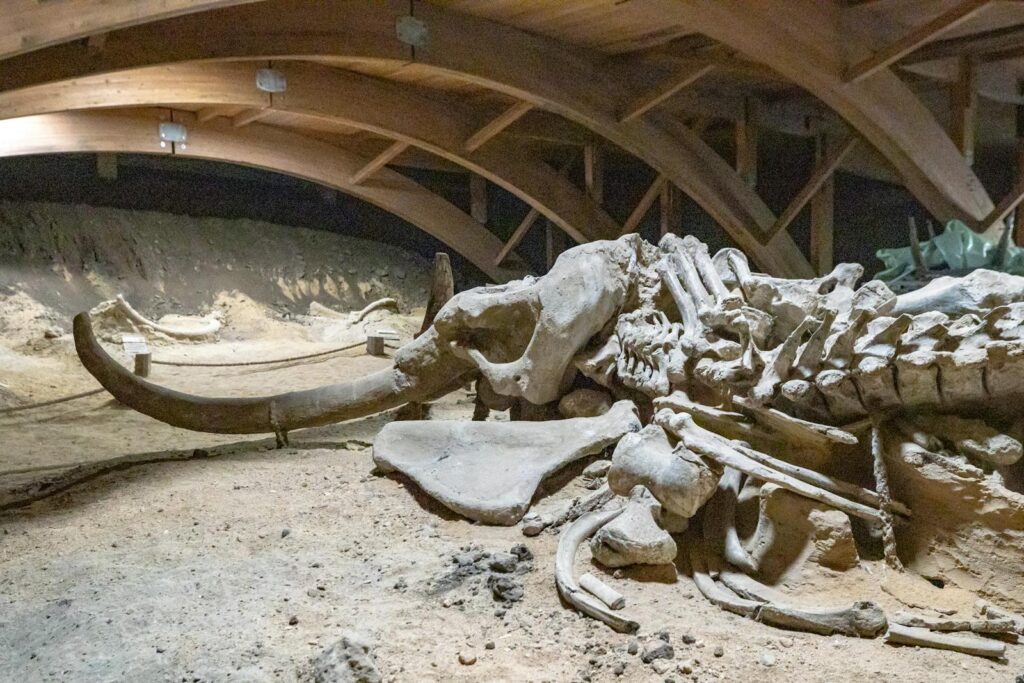
The striking similarities between dinosaur bone tumors and those found in contemporary animals reveal biological constants spanning hundreds of millions of years. When paleontologists compare fossilized tumors with modern cases, they find remarkably consistent growth patterns, cellular structures, and developmental characteristics across vastly different species separated by enormous time spans. Osteosarcomas in dinosaurs display the same distinctive “sunburst” pattern of bone growth radiating outward from the tumor site that oncologists observe in human patients today. Similarly, benign growths like osteoblastomas show consistent histological features regardless of whether they formed in a Hadrosaur 70 million years ago or in a modern mammal. These parallels strongly suggest that the fundamental biological mechanisms underlying tumor formation—including cell division regulation, growth factor responses, and genetic mutation patterns—have remained relatively stable throughout vertebrate evolution. This biological continuity not only helps scientists confirm tumor diagnoses in fossil specimens but also suggests that studying ancient pathologies might provide valuable insights into the evolutionary history of disease processes still affecting animals and humans in the present day.
Technological Advances in Fossil Tumor Detection

The identification of tumors in dinosaur fossils has been revolutionized by cutting-edge technological advances that allow researchers to examine ancient specimens with unprecedented detail. Micro-CT scanning technology, which creates three-dimensional images of internal structures at micrometer resolution, has become instrumental in distinguishing pathological bone growth from taphonomic alterations caused during fossilization processes. Synchrotron radiation imaging, available at specialized research facilities, uses high-energy X-rays to reveal microscopic details of bone density and structure without damaging precious fossil specimens. Digital reconstruction software now enables paleontologists to virtually isolate tumor masses from surrounding bone and analyze their growth patterns with precision previously impossible. Perhaps most remarkably, molecular paleontology techniques have begun to identify preserved biomolecules within some exceptionally well-preserved fossils, occasionally revealing traces of proteins associated with abnormal growth. These technological innovations continue to expand, with each new generation of imaging equipment pushing the boundaries of what scientists can observe in the fossilized remains of animals that lived millions of years ago.
Dinosaur Immune Responses: Fighting Ancient Diseases
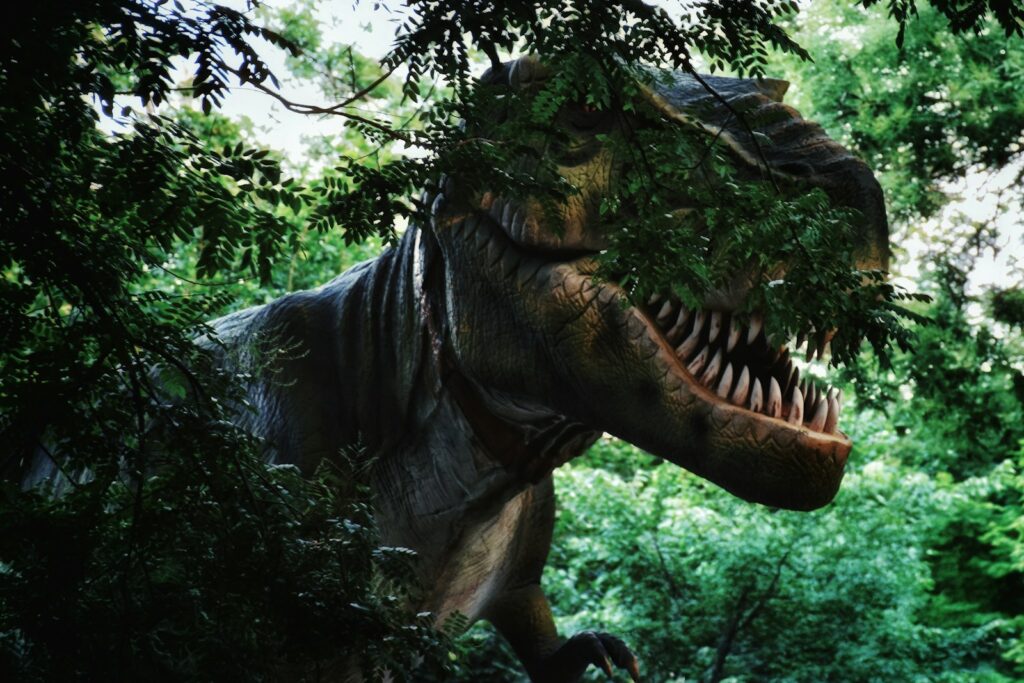
The presence of tumors in dinosaur remains provides valuable insights into how these ancient creatures’ immune systems responded to pathological conditions. Fossil evidence frequently shows signs of the body’s attempt to contain or fight abnormal growths, similar to immune responses observed in modern animals. In several dinosaur specimens, researchers have observed reactive bone formation surrounding tumor sites—essentially the prehistoric equivalent of the body attempting to wall off a problematic growth. This reactive bone often appears more dense and shows different mineralization patterns compared to both the tumor tissue and normal bone. Particularly fascinating are cases where fossilized bone shows evidence of inflammation around tumor sites, indicated by increased vascularity and distinctive bone remodeling patterns that mirror inflammatory responses in living animals. These findings suggest that dinosaurs possessed sophisticated immune mechanisms capable of recognizing and responding to abnormal cell growth. The fact that many dinosaur tumors appear partially healed or contained further supports the theory that these creatures could survive for extended periods with certain types of neoplastic conditions, their immune systems managing—though not eliminating—these biological threats in ways remarkably similar to contemporary vertebrates.
Environmental Factors: Did Prehistoric Environments Contribute to Tumor Formation?

The question of whether environmental conditions of the Mesozoic Era contributed to tumor formation in dinosaurs represents a fascinating area of ongoing research. Some paleontologists theorize that periods of intense volcanic activity during the Jurassic and Cretaceous periods released significant amounts of carcinogenic compounds into prehistoric environments. These natural geochemical exposures may have increased mutation rates in dinosaur populations living in affected regions. Evidence supporting this hypothesis includes higher rates of pathological bone growths found in fossil beds associated with areas of ancient volcanic activity. The Mesozoic Era also saw significant cosmic radiation events and potential exposure to naturally occurring radioactive minerals that may have acted as environmental carcinogens. Interestingly, some researchers have identified potential correlations between tumor incidence and major environmental shifts in the fossil record, such as periods of rapid climate change or following asteroid impacts that created widespread environmental disturbances. However, establishing definitive links remains challenging due to the fragmentary nature of the fossil record and the difficulty in determining precise cause-and-effect relationships across such vast time scales.
Evolutionary Implications: What Tumors Tell Us About Dinosaur Biology

The presence of tumors in dinosaur fossils provides profound insights into evolutionary biology and the ancestral connections between dinosaurs and their modern descendants. The discovery that dinosaurs developed neoplastic conditions remarkably similar to those seen in contemporary birds and reptiles supports the evolutionary connection between these groups, as shared disease vulnerability often indicates shared genetic and cellular mechanisms. These pathological similarities represent what scientists call “evolutionary conserved traits”—biological characteristics maintained across vastly different species over millions of years of separate evolution. Particularly significant is how dinosaur tumors resemble those found in birds, their direct descendants, more closely than those typical in mammals, providing additional evidence for the dinosaurian origin of birds. Furthermore, the presence of similar tumor types across diverse dinosaur lineages—from small, bird-like theropods to massive sauropods—suggests that fundamental cellular processes related to growth regulation and cancer susceptibility were established early in dinosaur evolution and passed down throughout the dinosaurian lineage. This biological continuity challenges earlier notions that cancer is primarily a modern disease and instead positions it as an ancient biological phenomenon intrinsically linked to multicellular life.
The Rarity Factor: Why Dinosaur Tumors Are Seldom Found

Despite the enormous number of dinosaur fossils discovered worldwide, specimens showing clear evidence of tumors remain exceedingly rare, a phenomenon explained by several compelling factors. The fossilization process itself creates a significant sampling bias, as it requires highly specific conditions that preserve bone in sufficient detail to identify pathological changes. Many tumors affect primarily soft tissues, which rarely fossilize, making only osseous (bone) tumors potentially detectable in the fossil record. Additionally, animals weakened by disease typically become prey items or decompose in environments unconducive to fossilization, creating what paleontologists call the “healthy fossil bias”—the tendency for fossils to represent primarily healthy individuals rather than those suffering from disease. The identification challenge compounds this rarity, as distinguishing between pathological bone growth and damage occurring during fossilization requires specialized expertise and advanced imaging technology not routinely applied to all fossil specimens. Furthermore, many pathological specimens in museum collections remain unrecognized as such, having been collected before modern paleopathological awareness developed. These factors combine to create a significant underrepresentation of disease in the fossil record, making each tumor-bearing specimen exceptionally valuable to scientific understanding.
Beyond Dinosaurs: Tumors in Other Prehistoric Animals

The study of ancient pathologies extends well beyond dinosaurs to encompass a remarkable diversity of prehistoric life forms spanning hundreds of millions of years. Paleopathologists have identified tumor-like growths in fossils ranging from Paleozoic fish dating back 350 million years to Ice Age mammals from just a few thousand years ago. Particularly fascinating examples include benign osteomas discovered in mosasaurs—giant marine reptiles that lived alongside dinosaurs but represented a separate evolutionary lineage. Fossil evidence of metastatic cancer has been documented in the remains of ancient turtles, while hemangiomas (blood vessel tumors) have been identified in the vertebrae of prehistoric crocodilians. Perhaps most surprising are discoveries of tumor-like growths in even more ancient creatures, including a suspected osteosarcoma in a Permian gorgonopsian—a mammal-like reptile that predated dinosaurs by millions of years. These findings across disparate animal groups suggest that the biological mechanisms underlying tumor formation evolved very early in vertebrate history and have persisted with remarkable consistency as life diversified across geological eras.
The Human Connection: What Ancient Tumors Teach Modern Medicine

The study of tumors in dinosaurs and other prehistoric animals offers unexpected but valuable insights for modern medical research and our understanding of human disease. By examining neoplastic conditions across vast evolutionary timescales, scientists gain perspective on which aspects of cancer biology represent fundamental characteristics of multicellular life versus those that might be more recent developments or specific to certain lineages. The remarkable similarity between ancient and modern tumor types suggests that the basic cellular mechanisms underlying cancer have remained largely unchanged for hundreds of millions of years, highlighting potential evolutionary constraints that might be exploited in developing new treatment approaches. Paleontological evidence also challenges the commonly held belief that cancer rates are primarily influenced by modern environmental factors or increased longevity, revealing instead that neoplasia represents an ancient biological phenomenon intrinsic to cellular life. Some cancer researchers now collaborate with paleontologists to study how different animal lineages throughout evolutionary history have developed varying susceptibilities to specific tumor types, potentially revealing genetic or physiological adaptations that could inform novel therapeutic strategies. This intersection of paleontology and oncology exemplifies how the study of ancient disease can contribute meaningful insights to contemporary medical challenges.
Future Frontiers: The Evolving Field of Dinosaur Paleopathology

The study of dinosaur disease stands at an exciting frontier, with technological innovations and interdisciplinary approaches continually expanding our understanding of prehistoric pathology. Emerging techniques in molecular paleontology show promise for detecting preserved biomolecules associated with disease processes, potentially allowing researchers to identify pathogen DNA or tumor-specific proteins in exceptionally preserved fossils. Advanced imaging technologies, including portable CT scanners and synchrotron radiation facilities, are becoming more accessible to paleontologists, enabling more comprehensive screening of museum collections for previously unrecognized pathological specimens. The growing field of computational paleopathology employs machine learning algorithms to analyze thousands of fossil images, identifying subtle pathological patterns that might escape human observation. International collaborative databases are being developed to catalog and compare paleopathological specimens across institutions worldwide, creating more comprehensive datasets than previously possible. Perhaps most promising is the increasing integration of veterinary medicine, human oncology, and paleontology, with experts from these diverse fields collaborating to apply modern medical knowledge to ancient remains. As these approaches continue to evolve, our understanding of disease in dinosaurs and other prehistoric animals will undoubtedly expand, revealing new insights into the ancient relationship between life and disease that has spanned hundreds of millions of years.
Conclusion

The discovery and analysis of tumors in dinosaur bones represent far more than mere scientific curiosities—they fundamentally reshape our understanding of both prehistoric life and the evolutionary history of disease. These ancient pathologies reveal that dinosaurs, despite their often otherworldly appearance in our imagination, experienced many of the same biological vulnerabilities that affect animals today. The remarkable similarities between 70-million-year-old dinosaur tumors and those found in modern vertebrates highlight the deep evolutionary conservation of basic cellular processes governing both normal growth and pathological conditions. As paleontologists continue to unearth and analyze these rare specimens using increasingly sophisticated technologies, each fossil tumor adds another thread to the complex tapestry connecting ancient and modern life through shared biological experiences. In these dinosaur bones marked by disease, we find not only evidence of individual suffering in the distant past but also profound insights into the enduring relationship between life and pathology—a relationship as old as multicellular existence itself, transcending species boundaries and spanning hundreds of millions of years of Earth’s history.


